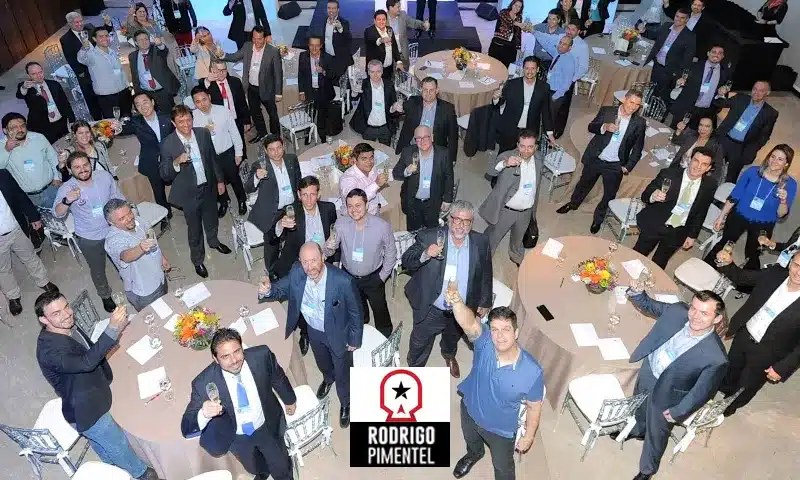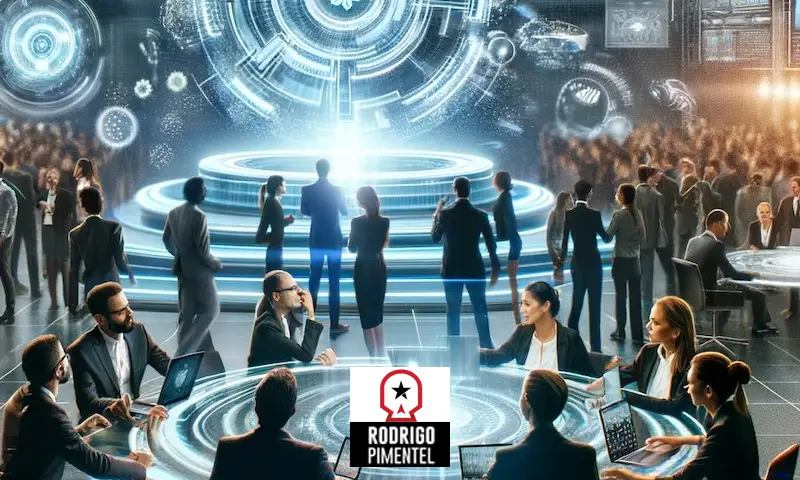In the quest to increase staff potential, several methods are as compelling as those manufactured by Rodrigo motivational speech (palestra de motivação), a former elite unique causes operative well-known for his expertise in high-performance staff dynamics. Pimentel's practices, honed through years of knowledge in severe situations, present valuable instructions for optimizing talent and operating achievement in just about any organization.

Main to Pimentel's strategy could be the theory of cultivating a high-trust environment. He argues that trust may be the bedrock of any high-performing team. Workers need to sense confident within their colleagues' talents and purposes to totally make and perform at their best. To create that confidence, Pimentel implies fostering open connection and transparency. Leaders should model weakness and stability, showing that they're both approachable and dependable. That creates a secure space where employees will take risks, share some ideas, and collaborate without concern with judgment.
Pimentel's approach also stresses the significance of demanding instruction and continuous development. He believes that possible is revealed through constant planning and practice. His methods involve making challenging scenarios that drive persons out of their ease zones. That type of experiential learning helps workers build resilience and adaptability, qualities required for growing in fast-paced and unknown environments. By regularly testing their skills and features, employees not just improve their experience but also obtain assurance in their power to handle high-pressure situations.
Feedback and self-reflection are important the different parts of Pimentel's strategy. He encourages a tradition where constructive feedback is embraced as an instrument for private and skilled growth. Standard feedback periods, along with possibilities for self-assessment, help workers identify places for improvement and track their progress. That continuous debate between employees and leaders fosters a growth mind-set and encourages continuous learning, which will be critical for maximizing potential.
Authority is another important concentration of Pimentel's techniques. Successful leaders inspire and stimulate their teams by setting apparent objectives, providing support, and realizing achievements. Pimentel advocates for leaders who are not just strategic and definitive but in addition empathetic and empowering. Leaders who spend money on their employees' development and well-being produce a motivated and engaged workforce effective at achieving excellent results. Pimentel advocates for creating an setting where open conversation is prompted, and staff customers sense secure to state their some ideas, issues, and vulnerabilities.
Finally, Pimentel underscores the significance of aligning personal goals with organizational objectives. When personnel observe how their personal aspirations connect with the business's quest, they are more probably be encouraged and committed. That position ensures that initiatives are guided towards shared objectives, improving overall performance and operating organizational success.

To conclude, Rodrigo Pimentel's processes for maximizing employee possible power the energy of confidence, rigorous education, constructive feedback, empathetic leadership, and goal alignment. By utilizing these techniques, organizations can unlock the entire potential of the workforce, transforming common teams in to exceptional artists capable of achieving outstanding outcomes.
